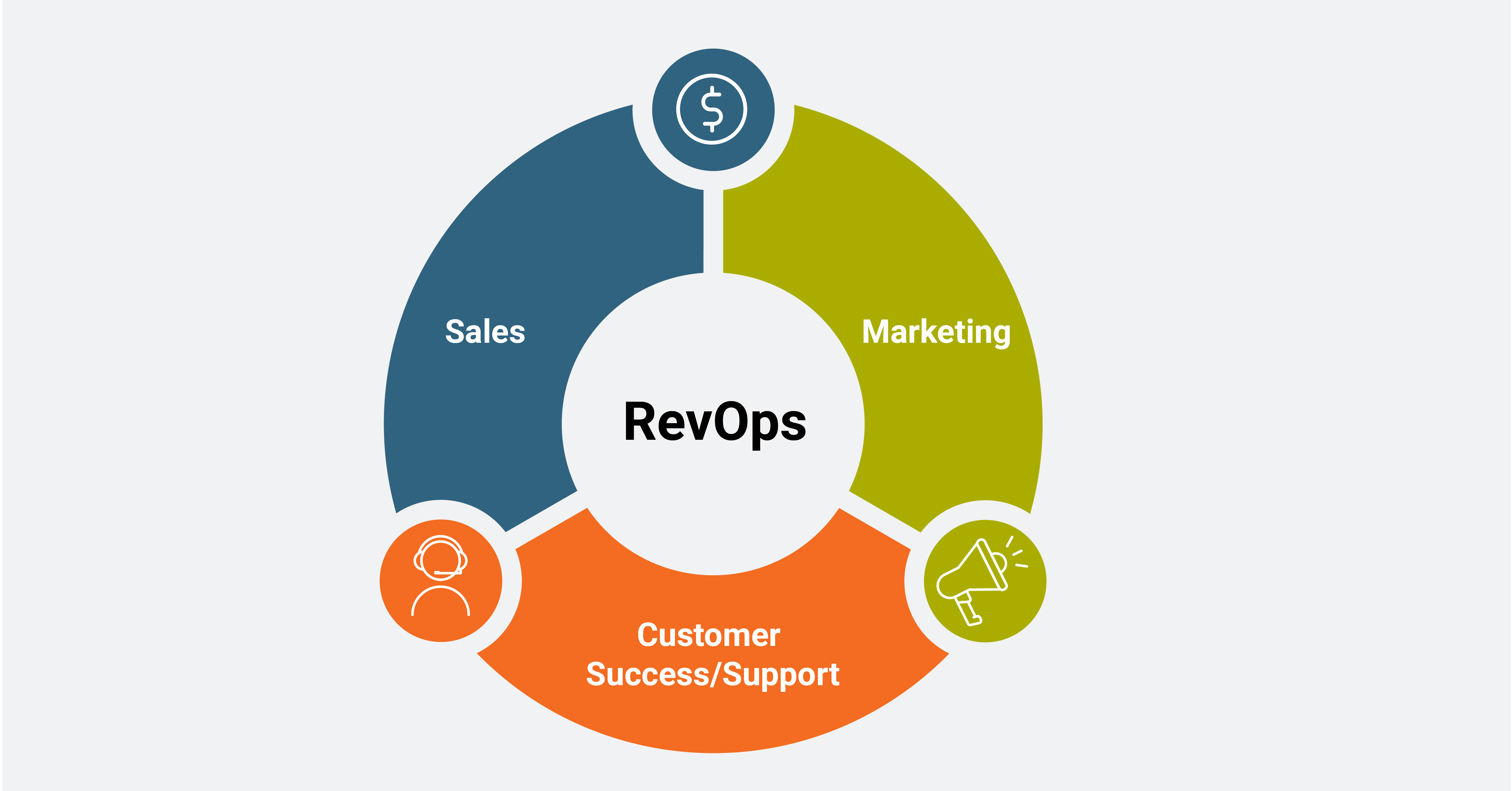Popular Tax Software

Best Tax Software Overall
- 360 Overall Rating
- Base Fee
- $59 and Up
- Free Version
- Mobile App

Best Tax Software Filing Options
- 360 Overall Rating
- Base Fee
- $49.99 and Up
- Free Version
- Mobile App

- 360 Overall Rating
- Base Fee
- $17.95 and Up
- Free Version
- Mobile App
If you live in the United States or hold U.S. citizenship and earn money, you’re likely required by law to file an annual tax return with the Internal Revenue Service. One of the most cost-effective ways to do your taxes is tax software. Tax software is available as online tax software through your web browser, as an application downloaded to your computer, or as an app on your cell phone or tablet. You can enter financial information, including your W-2 or self-employment income, to e-file your federal tax return and state tax return.
With several highly-recommended tax software options to choose from, it can be tricky to know which one is best for your tax situation or if you’re better off working with a tax pro. Here’s a look at the top tax software options and how tax software works.

(AndreyPopov)
Tax software can be a great resource for many taxpayers. It makes the tax preparation process far more efficient and is designed so the average taxpayer can understand (or doesn’t have to know) the many nuances in the tax code.
Most tax software for consumers has one of two types of interface:
- Interview-based tax software: Interview-based tax software is the most common type and is usually the easiest to use. It doesn’t require you to know where on a return a piece of information needs to be reported. Instead, interview-based software offers a question-and-answer format to simplify the filing process and provides the correct information in the correct places for you.
- Form-based tax software: Form-based tax software mimics the layout of various tax documents and forms. It requires you to fill in the correct information from the corresponding boxes on your tax documents.
Some of the most common features seen on both form-based and interview-based software include:
- Electronic filing: Almost all tax software offers e-filing, which is the method that the IRS prefers because it’s more secure and reduces errors and processing time.
- Long-term storage: Many tax programs will store your returns in the cloud for several years so you can access them easily and save time when filing.
- State returns: While all tax software programs focus on federal tax returns, most of them also offer the option to file your state return as well.
- Diagnostics: Tax software will show whether you failed to provide needed information and won’t let you file your return until you correct the errors, says Robert Gauvreau, a certified public accountant (CPA) at Gauvreau & Associates. For example, you need to provide your Social Security number. If you enter an invalid number, the tax software will let you know.
- Support: Almost every tax software comes with some type of support. While one may have a library of basic tax laws, another may have a “Help” function or offer live chat to guide you if you get stuck.
- Credit and deduction suggestions: Tax software can suggest which tax credits and deductions you may qualify for, says Rich Rhodes, founder of First Tax Relief. However, you’ll have to decide whether you actually qualify.
Tax software is a type of software designed to assist taxpayers in preparing and filing income tax returns. “It serves as a step-by-step guide, calculator, and to a lesser extent, an organizer,” says Christopher Jervis, an Annual Filing Season Program (AFSP) tax preparer and managing partner of Lone Wolf Financial Services, LLC.
With tax software, you won’t have to do your taxes manually; the main purpose of tax software is to automate the process. It can save you a great deal of time, money, and headaches while helping you adhere to the most up-to-date tax rules and regulations. Once you enter your tax information on your W-2s, 1099s, and other relevant forms, tax software will automatically calculate how much tax you owe or how much of a refund you can expect to receive.
Even if you have little or no knowledge of taxes, you’ll likely find that tax software will make the process of filing your taxes far more manageable. It can eliminate the need to hire a professional like a CPA. Fortunately, most consumer-based tax software is easy to use and specifically intended for non-tax professionals.
Tax Software Features
|
||||||
|
||||||
|
Tax software varies in cost depending on several factors, including which software you choose and the complexity of your personal tax return. You may find a free version of a tax software package if you have a very simple return or a qualifying income for the IRS Free File program. As your tax needs become more complex, you may need to upgrade to a paid version, which can cost more than $100 including state tax returns.
Over half of Americans do their own taxes using software. While some people may be willing to spend a bit more to have a professional compile their tax returns, the low cost of tax software can be very appealing. Having an accountant do your taxes costs an average of $220 to $323 per year to file Form 1040, according to the National Society of Accountants.
Most tax software requires a fee for your federal return and an additional fee for each state return, but you don’t have to pay an additional fee per form, which would drive costs up quickly when working with a human tax preparer. Some of the top software options also have versions where you can pay a fee to upgrade for additional online support from a tax expert.
Tax Software Prices
|
||||||
|
||||||
|
While you likely do have to file a tax return, you don’t need to use tax software. Many people will find tax software to be the best option for doing their taxes thanks to an easy at-home experience and lower costs than working with a tax professional. However, if you’re not comfortable with your finances or computers, you may prefer to hand off your taxes to someone else.< /p>
It is possible to use the tax forms and calculate your taxes by hand, this method is very time consuming and error-prone. Unless you have expertise in the tax code, you are likely best off using either tax software or a professional tax preparation service.
As the best option varies from household to household, here’s a more detailed look at the pros and cons of tax software:
Pros:
-
Cost-effective method of doing your taxes
-
File your taxes from home
Cons:
-
May not be a good fit for complex tax situations
“For most taxpayers, tax software is the best way to do your taxes due to a low cost and simple preparation. You also know your financial situation better than anyone else, so there’s no reason many people can’t do their own taxes,” says Michael Anderson, a financial advisor at Maranantha Financial in Ventura, California.
However, tax professionals can be helpful in some circumstances where you have very complex taxes or when you don’t have the computer skills to use tax software.
Pros:
-
Drop off your tax forms for someone else to handle
-
Added expertise of a professional tax preparer
-
Low time commitment to get taxes done
Cons:
-
Tax experts can make mistakes on your tax return
While tax software easily handles most people’s needs, there are some times when tax software wouldn’t work. Even market-leader TurboTax has some limitations. For example, TurboTax lists dozens of rare situations where it’s software can’t handle the forms or inputs. If you suspect you may have unique tax circumstances, it’s a good idea to review what your chosen tax software can and can’t do before getting started. If you’re still unsure, you can contact customer support with specific questions.
Some tax software now includes an option to upgrade and work with a human tax professional, although starting with an accountant can take out some of the guesswork of your taxes. Software can ask you a series of questions about the most common tax situations, but it can’t review your taxes with a keen eye looking out for less-common credits and deductions. When you use the same accountant year-after-year, they get to know your tax year situation and can offer additional guidance.
If you decide to work with a professional preparer, you can check their credentials and qualifications through the IRS website. Active membership in a professional organization for accountants or tax preparers is a good sign that you’re working with someone who is up-to-date on the latest tax code and works to keep their knowledge relevant for their clients.
< /div>
If you watch TV or browse the web, you’ve probably seen an advertisement where a tax software company makes a “maximum refund guarantee.” Many of the top tax programs come with a maximum refund guarantee or warranty.
To qualify for the maximum refund guarantee, it’s important that you enter all of your income, household, credit, and deduction information accurately based on the questions in the tax software. If you make an error or don’t complete a question, the software can’t do its job of getting you an accurate tax return.
When used correctly, all tax software should give you the same results, potentially varying a little bit due to rounding. An accurate refund is your maximum refund. Tax software performs an analysis of your financial information using IRS tax code to find every deduction and credit you can use to legally lower your tax bill.
The IRS usually begins to accept e-filed returns somewhere between Jan. 15 and Feb. 1 of a given year. Your return will likely be due on April 15 if you’re filing as an individual and March 15 if you have a business.
If you’d like, you can extend your return by six months. To do so, complete a Form 4868 and file it by April 15. Note that an extension gives you more time to file but doesn’t extend the time to pay. If you owe taxes, your payment will be due by April 15 regardless of whether you receive an extension.
“During tax season, most software programs are automatically updated several times a week, if not daily,” Cawley says. This is because many federal tax forms undergo changes at different times throughout the year, and software makers wait until the IRS finalizes new tax forms before integrating them into the software. For example, the current version of Form 1040 may be released by the IRS on Jan. 31, but Form 2555 for foreign income might not be released until Feb. 15. As tax season goes on, updates become less frequent.
You can download most tax software from the internet or install it from physical media like a DVD. Once you do, you’ll likely get a unique access or authorization code via email. The code will allow you to activate the software you’ve downloaded and start using it.
Some software is cloud-based and doesn’t run on your computer. As a result, it doesn’t require installation; all you have to do is create a username and password and fill out your tax information online.
Learn More
For more information about tax software and filing your taxes, see the following guides:
Best Tax Software of 2022
Other Guides from 360 Reviews
For comparisons and advice about other products and services, see our other guides:
Why You Can Trust Us: 10 Tax Software Researched
At U.S. News & World Report, we rank the Best Hospitals, Best Colleges, and Best Cars to guide readers through some of life’s most complicated decisions. Our 360 Reviews team draws on this same unbiased approach to rate the products that you use every day. To build our ratings, we researched more than 10 tax software and analyzed 23 reviews. Our 360 Reviews team does not take samples, gifts, or loans of products or services we review. All sample products provided for review are donated after review. In addition, we maintain a separate business team that has no influence over our methodology or recommendations.
U.S. News 360 Reviews takes an unbiased approach to our recommendations. When you use our links to buy products, we may earn a commission but that in no way affects our editorial independence.




